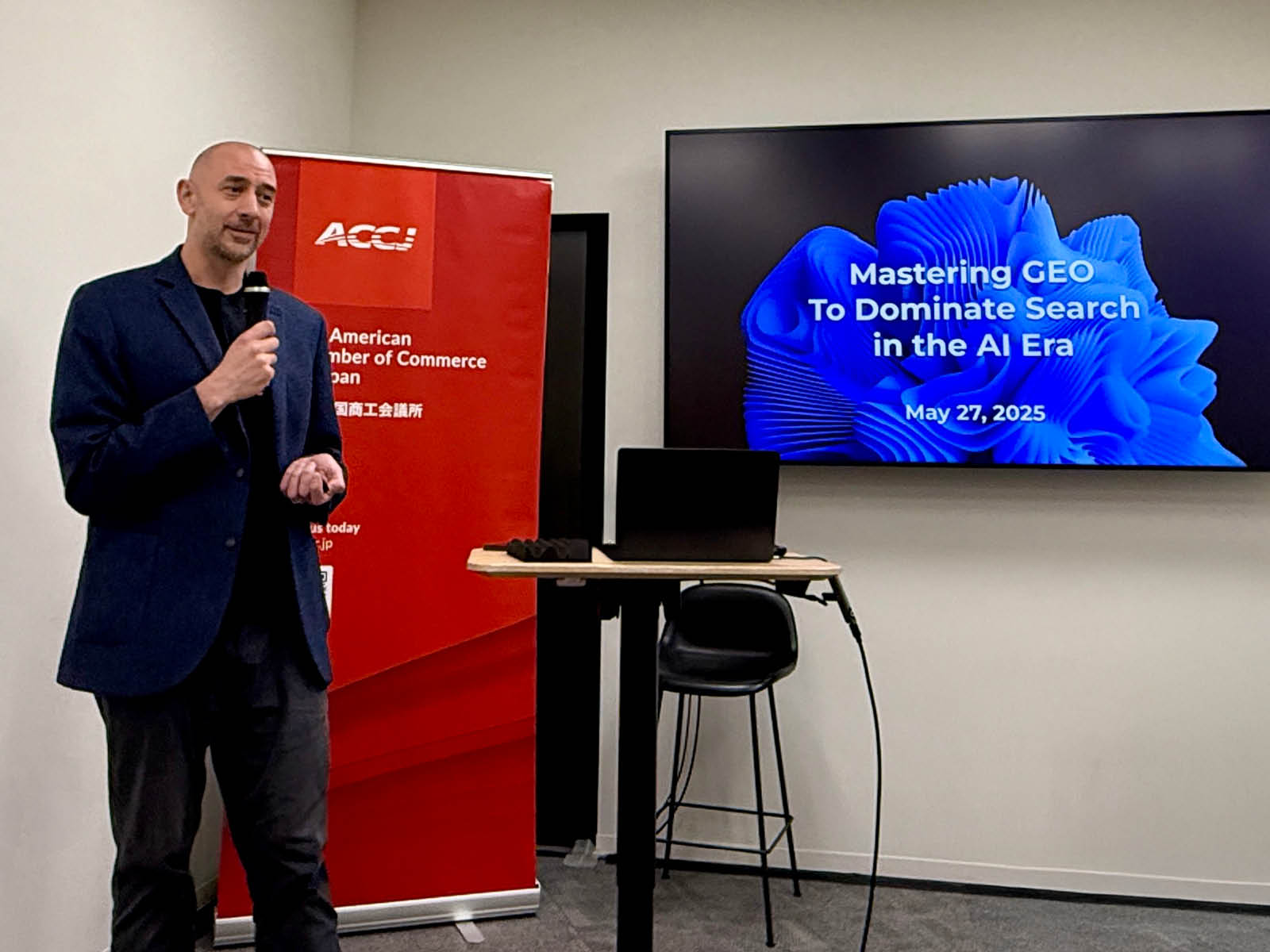
5 Digital Marketing Trends to Watch in 2022
We’re taking a look at some of the most important trends that will be shaping digital marketing for the year to come.
Last year brought with it continued changes in the way that we live at work and play. Despite hopes that have risen with occasional drops in case numbers in some countries, the so-called new normal doesn’t seem to be getting any more normal for any of us.
But with people online even more than usual, the need for brands to stay aware of the latest changes in what customers are looking for, as well as technology advancements, is stronger than ever. We’re taking a look at some of the most important trends that will be shaping digital marketing for the year to come.
Google Changes on the Way
 Search giant Google is ubiquitous in our daily lives: we use it for video meetings, creating documents and, of course, finding information online. But some recent changes that the company is making are likely to have a significant effect on how digital marketers do business in the near future.
Search giant Google is ubiquitous in our daily lives: we use it for video meetings, creating documents and, of course, finding information online. But some recent changes that the company is making are likely to have a significant effect on how digital marketers do business in the near future.
One of them is how the company will handle ads. Last August, Google announced they would stop supporting expanded text ads (ETA) by June 2022. These ads are being replaced with responsive search ads (RSAs). While existing ETAs created before June 2022 will be supported indefinitely, you should definitely make the switch. RSAs offer a great deal more flexibility: you can write up to 15 different headlines and four different descriptions, and when serving the ads, Google will test different combinations of them to determine which ones achieve the best results, also factoring in the keywords that searchers are looking for, the devices they’re using, and their browsing history, among other factors. As Brian Susantio, chief technology officer at Custom Media, explained: “Google is making it easier and faster to reach millions of devices with their ads. And with unified ads and automatically optimized ad combinations, advertisers can get better ROI on their ad spending.”
Something else to watch with Google that’s a little farther on the horizon will be related to privacy. Google says it will stop supporting third-party cookies in Chrome browsers by the end of 2023. Of course, many other browsers already allow these cookies to be blocked, for users who are concerned about maintaining their privacy. Initially Google was planning to make the change this year, but while it has tested different options for replacing cookies, they haven’t found a suitable replacement yet. And given that these cookies play a key role in their search business, their slow movement is not a complete surprise. The market share for the browser stands at nearly 70 percent, though. As the search giant continues to test options to replace cookies, advertisers will need to stay on top of these developments and be ready to take action when the big change happens.
Google is making it easier and faster to reach millions of devices with their ads. And with unified ads and automatically optimized ad combinations, advertisers can get better ROI on their ad spending.
Nostalgia Marketing
Every generation likes to look back fondly to decades past, using it as inspiration for fashion, music and more. It’s even more natural these days, given the comforting feeling that nostalgia provides amidst the continuing uncertainty of the ongoing pandemic. So it should come as no surprise that marketing efforts are also harnessing the power of this impulse.

Expect even more brands, particularly those with long histories, to be putting this tendency to use in their own marketing strategies. Japan in particular is fascinated with nostalgia, so trend-watchers will be sure to see similar campaigns running here this year.
Even Shorter Videos
One of the longstanding complaints about the internet is what it has done to our attention spans. But like it or not, the internet is dominated by information that can be consumed in short bursts, and nowhere is this more prevalent than with videos.
According to a report by Vidyard, about 70% of viewers will watch videos entirely if they’re less than 60 seconds. One platform that has soared to success by keeping this in mind is TikTok, which reached 1 billion active users in 2021. And it has the attention of rival platforms, who don’t want to miss out. YouTube has introduced YouTube Shorts, while Instagram has rolled out its Reels feature, which Hootsuite has shown to provide a major boost to engagement when it’s used. Expect videos to get even more concise and punchy in the coming year.
Micro videos are catchy, mobile-friendly and easily shareable, so it’s no wonder to see brands now turning to this format as well. It’s amazing to see how much variety and creativity can go into as little as six seconds of video—and the results they can yield.
Nick Moulds, Custom Media’s video producer, added: “With so much video content available online now, everyone is competing for attention. Micro videos are catchy, mobile-friendly and easily shareable, so it’s no wonder to see brands now turning to this format as well. It’s amazing to see how much variety and creativity can go into as little as six seconds of video—and the results they can yield.”

Interactive Marketing
With each new variant of Covid that springs up, we’re continuing to have to restrict our movement, and are less likely to meet in person. This means that, whether it’s through video chats or other activity online, we’re constantly seeking opportunities to interact with each other. With this in mind, expect brands to recognize this drive by rolling out even more interactive marketing efforts.
These efforts are likely to come in many forms, ranging from games, polls, and contests to webinars and interactive videos. But they will all be driven by people’s excitement about engaging with content that makes them feel connected and involved with the world outside their rooms.
The Metaverse

If you’ve been paying attention to the world of tech these days, you’re probably seeing talk of the Metaverse everywhere. But in many ways, it has been a long time in the coming, with games such as Fornite and Roblox already heavily engaged in this space. The idea behind the Metaverse also speaks to a similar impulse that informs some of the trends we’ve brought up already: it’s about creating immersive spaces, often powered by virtual and augmented reality, where people can find connection and community.
As 5G and other next-gen technologies make it easier for more consumers to enter these spaces, the world of the Metaverse is likely to grow even larger. And you can be sure that some brands which haven’t already found ways to occupy this brave new world are certain to be finding their way there in 2022.
Do you want to work with a digital marketing agency that’s on top of the latest trends? Get in touch with us:


